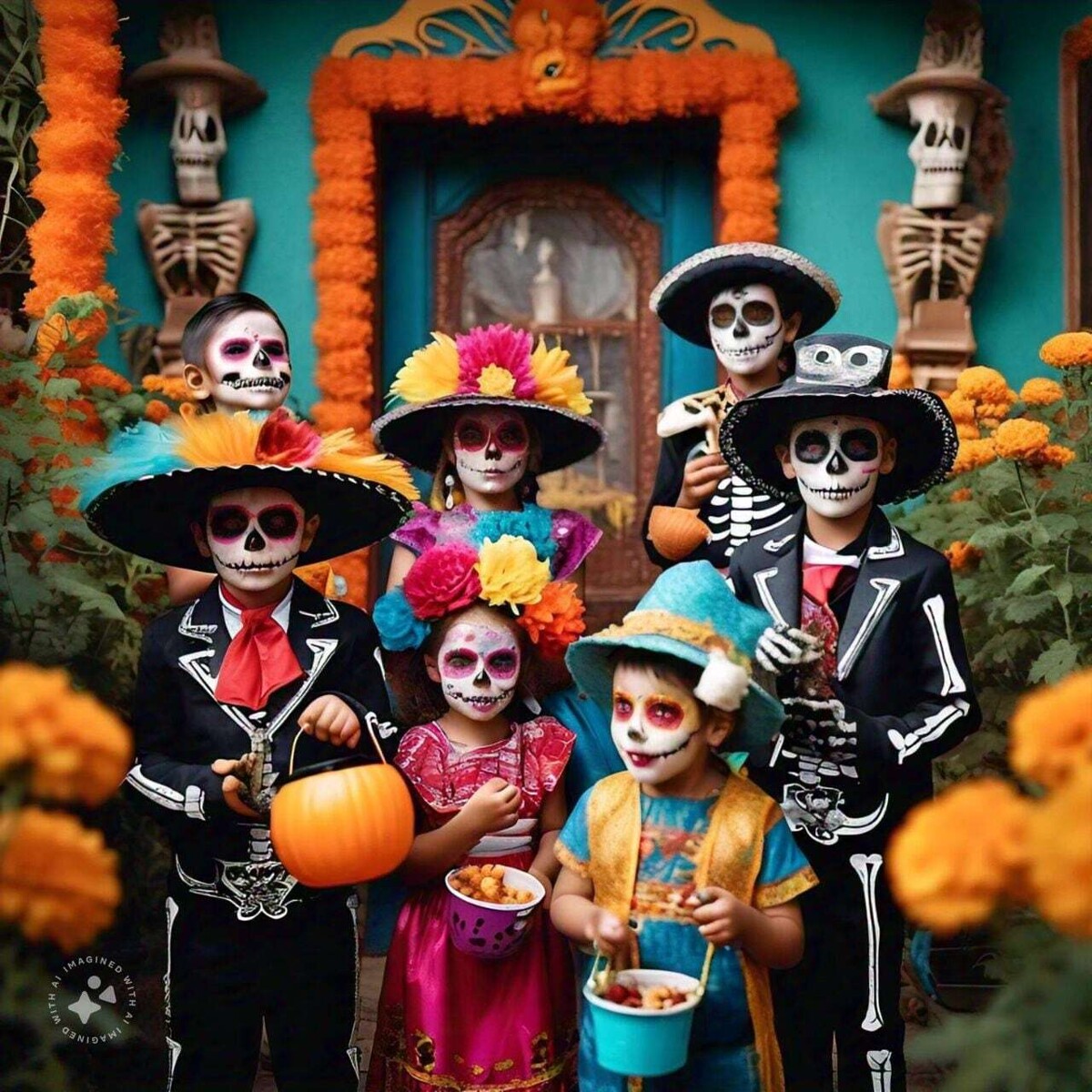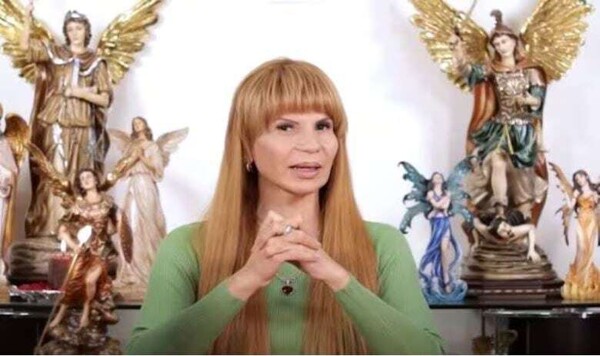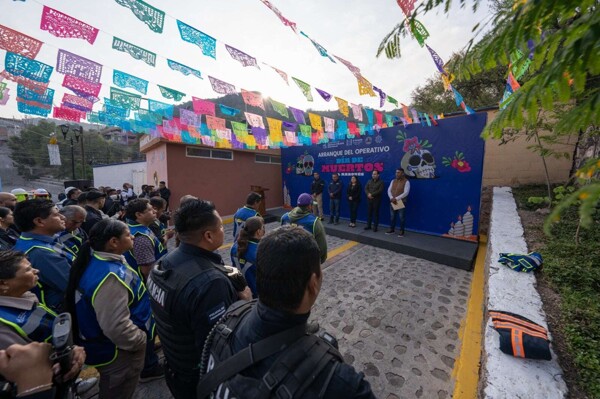
The act of asking for calaverita in Mexico during the Day of the Dead is a practice rooted in popular culture. Children go out into the streets wearing costumes and knocking on doors to receive candy in their pumpkin-shaped bags.
There are several theories about the origin of this tradition. One story tells of an orphaned child in pre-colonial times who, due to his poverty, painted his face like a skull to ask for money or food, which he later placed on his altar.
Another theory suggests that the custom of asking for calaverita is the result of the cultural combination between the Mexican Day of the Dead and Halloween. The latter celebration, of Celtic origin and later Christianized, involved mothers and children from poor families asking for alms, evolving into the exchange of food for tricks.
Additionally, it is said that the employees of landowners used to request donations from the owners to place offerings on the graves of their relatives in the cemetery. Although there is no official day for asking for calaverita, November 1 is commonly associated with this practice in honor of deceased children.
The Day of the Dead tradition has evolved over time, combining its pre-Hispanic roots in the creation of altars, Catholic influence with the visit to the cemetery on All Saints' Day, and elements of North American style such as the popular "Trick or Treat?".
Among the theories about the origin of asking for calaverita, the one that mixes Mexican culture with Halloween is the most accepted. This tradition has remained alive among the younger generations of Mexico and is an important element of the Day of the Dead festivities each year.














